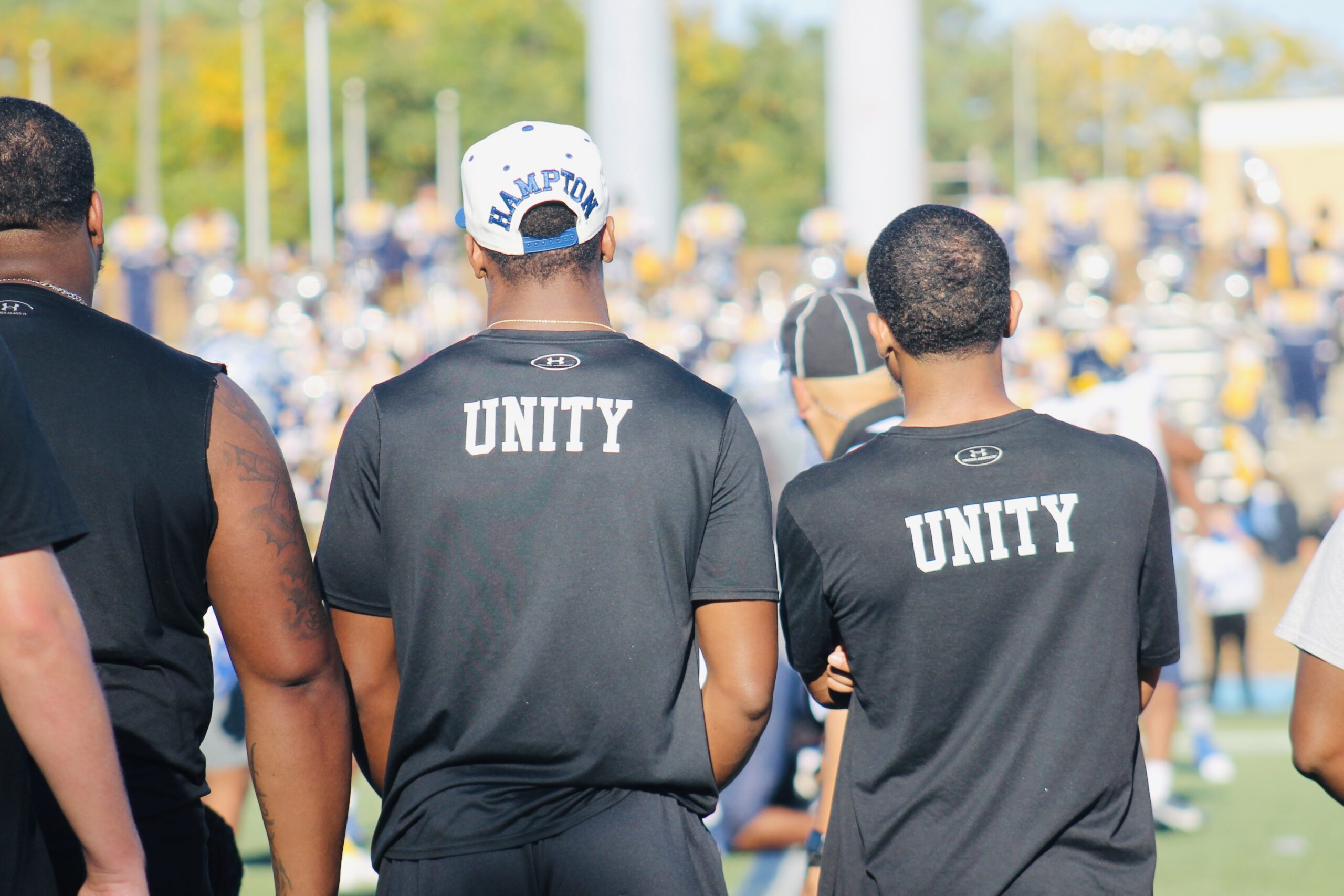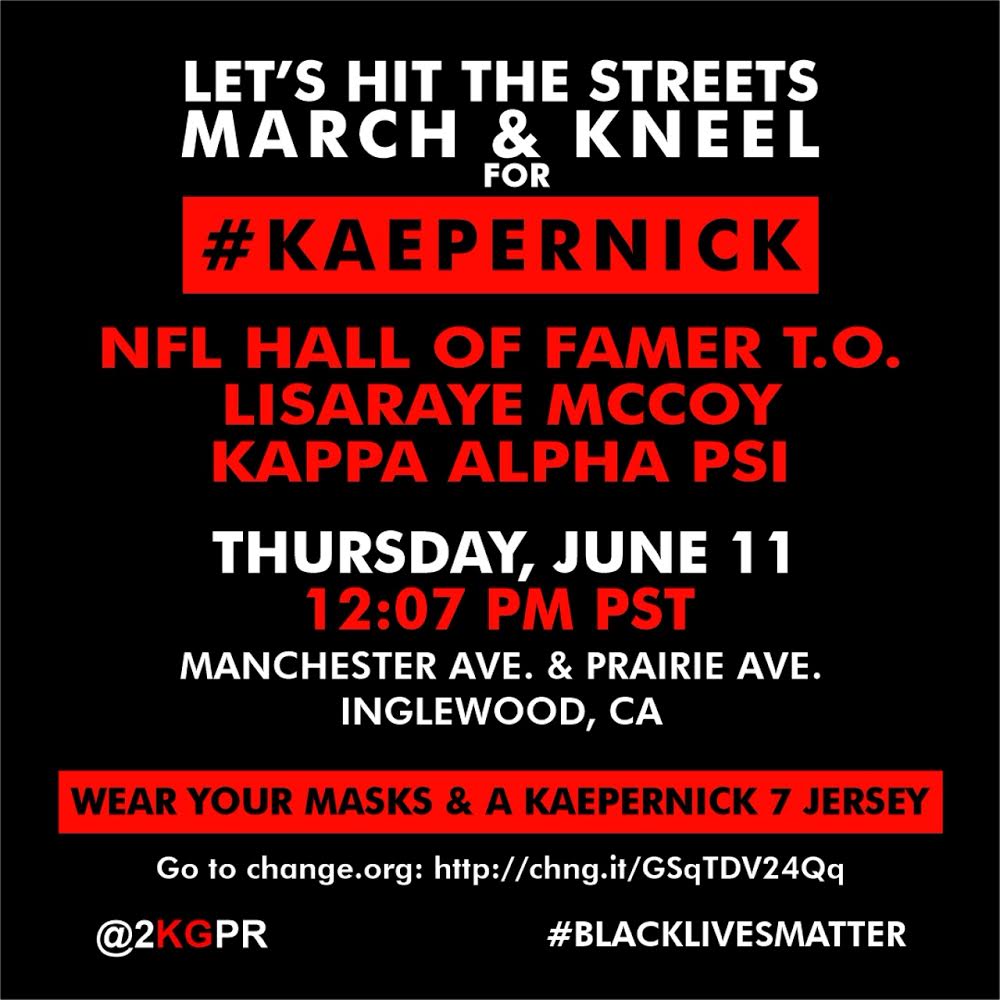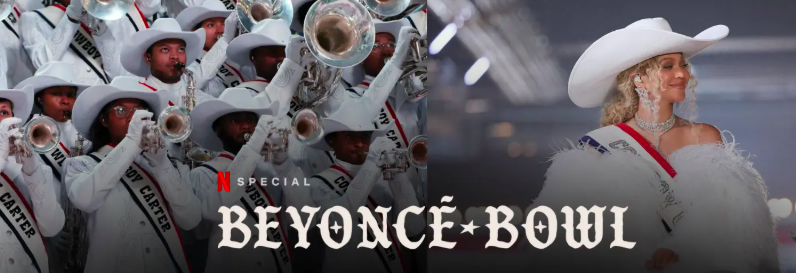The evolution of HBCU homecomings, and their impact on the Black community
There may be no other place that you can walk into and feel this welcome.
Homecoming. It’s the time of the year that freshmen squirm over. The dawn of the essence of their college experience. They begin to embark on the journey of exploring their identity, and who they desire to be.
Alumni flock back to their campus after several decades, reminiscing over nostalgic memories. Giggling like their former young adult selves, they revisit the vibrancy of their youth. There lies a certain poetry in returning to the place that shaped one into the person they are.
The football team and the band both have something to prove. The agenda for the weekend: making sure they don’t lose.
Friends and Family come from all over the country. From alumni celebrating their 50 graduation anniversary to children embodying the promise of a future legacy, everyone has something to learn, feel, or remember.
Homecoming on the campus of historically Black colleges and universities means a lot of things, for many people. Some come to heal, others to release, some find solace in distant memories. Yet this yearly week long event brings one thing to every attendee despite the school, that is unity.
Reflecting over the 2024 homecoming season, one must make time to truly understand what this holiday means for Black Americans.
Anything they can do we can do better
One of the most tragic products of the international slave trade was perhaps the stripping of culture and identity. Slaves themselves, as well as their descendants were forced into a culture of assimilation, rather than appreciation. Simply put, often the Black race was confined to an expectation of abandoning their culture rather than embracing it.
Yet the introduction of Historically Black Colleges and Universities challenged this narrative.
The first documented homecoming at an HBCU was that of Howard University in 1924. This past year, they celebrated their 100th homecoming anniversary. In an article on their website entitled “The First Howard University Homecoming” Cedric Mobley writes “Drawing on examples from Ivy League colleges, Howard University alumni took the Homecoming concept, added flavor, and created something entirely unique.”
The article continues discussing how the idea of homecoming games was introduced by schools such as Harvard, and Yale. This served as a way to generate attention from alumni coming to rival games. Howard University eventually became one of the first HBCUs to follow suit in this tradition. Their hosting of rival homecoming games brought out thousands of Black Americans, both students and alumni. Dressed to impress, and walking with a spunk and spirit enthusiasm, those that attended cultivated a culture of community, and initiated a continuing legacy.
Prohibited from other social spaces many Black people likely saw this as a way to support and engage in their own creativity and entertainment.
Thus began the long standing tradition of homecoming at HBCUs.
In contemporary society, homecomings at HBCUs are a week-long affair. Students are afforded the opportunity to produce, and participate in several events throughout the week. One can anticipate a concert, several parties, a step show, and a cookout at the end of the week. It’s part festival, and part family reunion, and is something no one can get enough of.

Fame and Fortune
While homecoming primarily started as an opportunity to usher in Alumni funding, it has grown to produce a large fortune, and prominence for several HBCUs.
Terrence Estell is a Morris Brown College Alumni and served as the Director of Student Activities/Special Events on the SGA during his time there. With this position he played a large role in homecoming preparation.
When asked about the shift in the finances of homecoming at HBCUs in the 90s versus now he stated, “These days you have people that are corporate sponsors giving people money for your homecoming.”
He reiterated this statement by explaining how when he was in school, there was often little to no funding from large companies specifically, with most money coming from the Alumni.
Furthermore, Cedric Mobley’s article states how in early Howard history, schools would lose money from the hosting of football “Classic” games.
With the rise of the new millennium, this has significantly changed.
Historically Black Colleges and Universities now hold an immeasurable amount of financial and corporate sponsoring for the hosting of Homecoming. For Example, Howard University’s website has a section where businesses can explore opportunities to purchase homecoming Sponsorship packages.
I myself even found this prevalent at my own school: Hampton University. Last year’s homecoming fashion show was sponsored by Mielle and Tommy Hilfiger, and this year by Good Molecules. Paramount pictures also hosted panels for students to connect with successful artists, and media personalities.
Overall Hampton University’s homecoming was expected to generate $3 million dollars for the local economy.
This support also goes beyond dollar bills, but also takes leeway within notoriety. It is now a common occurrence for celebrities and influencers to make appearances at various HBCU homecomings. For example Howard University’s Yardfest often features many celebrity sightings. Students can expect headlining artists like Latto, JT, or Bryson Tiller to make appearances at their concerts.
We now live in a society where HBCU culture is not just the popular thing, but also the desired.
For the Culture

Yet the vibrant spirit of homecoming is something that has, in many ways, been present even in the earlier years of HBCU history.
My Grandmother was a Lincoln University (Missouri) student who attended school beginning in 1963. To personally understand the climate of HBCU in the past I inquired with her of the differences between my homecoming experience, and her own.
She remembers homecoming simply as “It was just fun”. Even in the Mid-century, Smith recalls activities occurring all throughout the week. The school would host several dances where students would wear their best outfits; sporting polished oxford shoes, and colorful turtlenecks, they twirled and turned their bodies in dance like the watusi and the twist. She mentioned that artists, like Mary Wells would perform, and sororities and fraternities would dance and step for the students.
Despite a sixty year gap in our college experiences, Homecoming as society knows it, seems to have been something that has always just been this way. HBCU culture and celebration is now an occurrence that is permeated into the core of the Black community.
Where our culture has come from, and where we are going will only evolve, but at its roots never change.





